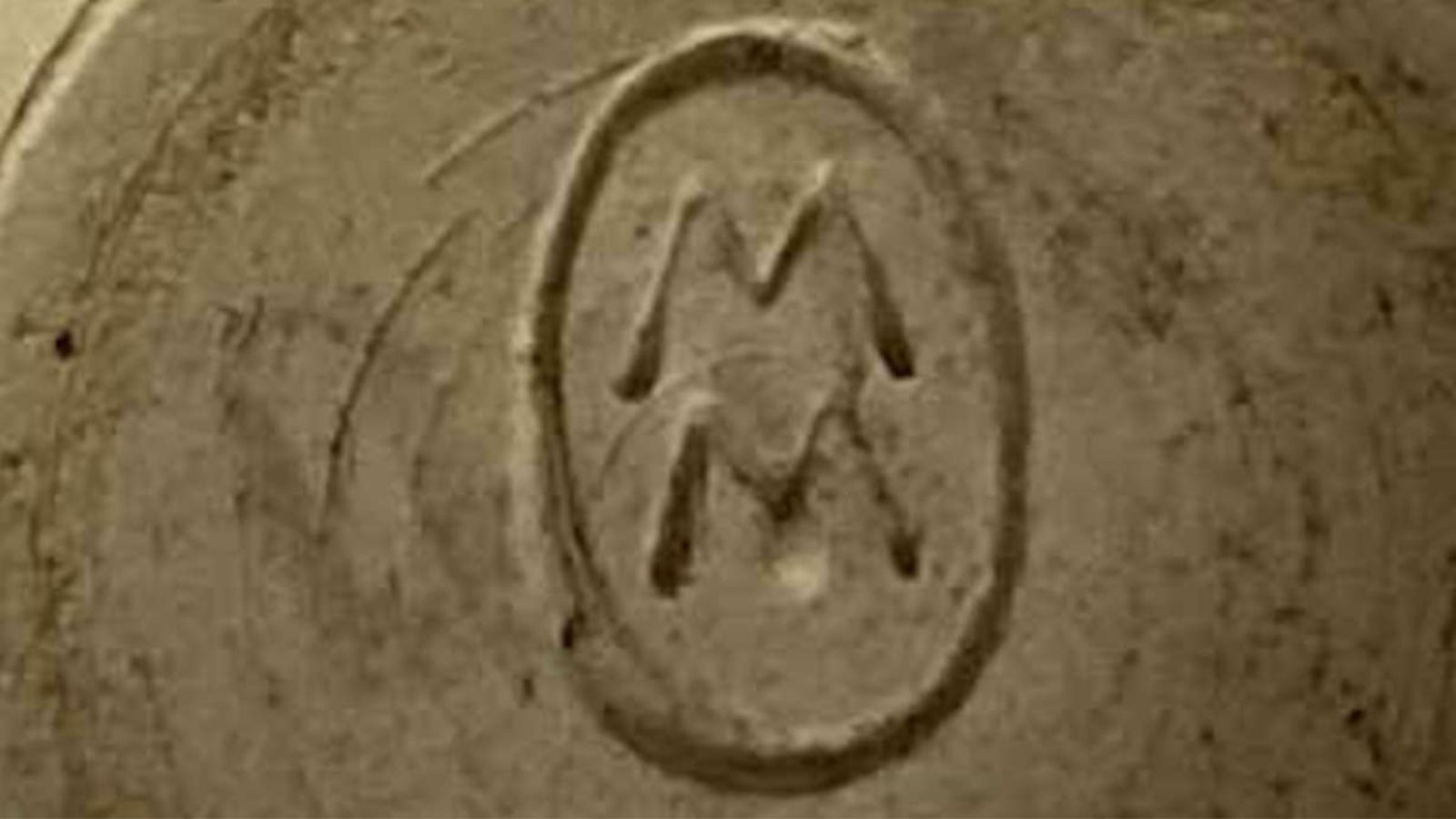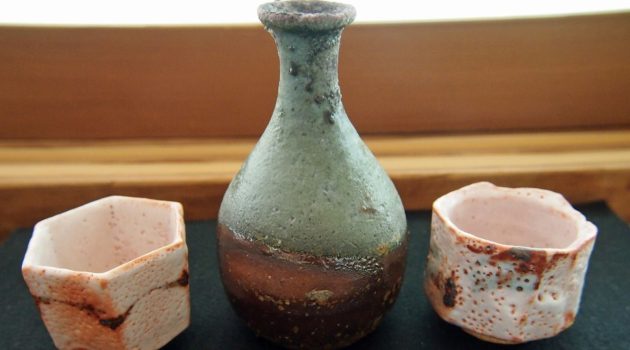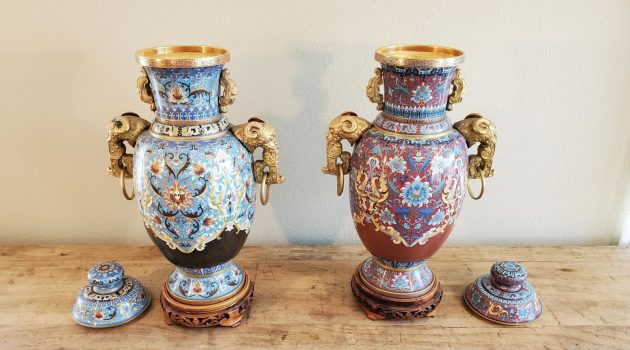Identifying pottery marks can turn a simple hobby into an exciting journey of discovery.
Learning to decode these marks helps you uncover the maker, country, and even the date and pattern of a piece.
From British to American and European manufacturers, each mark tells a story about the creation and legacy of the ceramic piece in your hands.
You’ll find that each pottery mark strengthens your connection to the past, turning each piece into a bridge to history. Pottery marks guidebooks and online databases are valuable tools that make this process more accessible and enjoyable for enthusiasts like you.
Approaching pottery identification with curiosity and patience will pay off. Whether you’re a beginner or an experienced collector, understanding pottery marks enriches your appreciation for the craft.
Dive into the world of ceramic signatures, and watch your knowledge and enjoyment grow with each new discovery.
Understanding Pottery Marks

Pottery marks are essential for identifying and authenticating pottery and ceramics. They can provide information about the maker, the time period, and the origin of a piece.
Learning to recognize and decode these marks is key for collectors and enthusiasts.
The Basics of Pottery Marks
Pottery marks usually appear on the bottom or side of a piece. They can take various forms such as stamps, symbols, or handwritten signatures. These marks serve as a form of identification for the maker or manufacturer, giving you clues about the item’s history.
Sometimes, pottery marks include the country of origin or even a date. This helps in understanding where and when the piece was made. In some cases, you might find a name or initials of the artist.
Types of Marks and Their Meanings
There are different types of pottery marks, each with specific meanings.
Stamped marks: Impressed or stamped into the clay before firing. They can be raised or indented and often include the name or initials of the artist or manufacturer.
Painted marks: Painted onto the pottery using special glazes or pigments. These can be found on the surface and may include decorative elements.
Paper labels: Some pieces have paper labels instead of stamped or painted marks. These are less common and can be tricky to identify as the labels may fall off over time.
Understanding these marks helps you determine the maker, age, and origin of your pottery piece.
Decoding Pottery Marks
Decoding pottery marks takes practice, but it is rewarding.
Start by examining the mark’s style and design. Look at the shape, symbols, and any letters or numbers.
Use reference books and online databases to match the mark with known symbols and makers. Check for any patterns in the marks, like a particular style linked to a specific country or time period.
Sometimes, pottery marks include additional details like artist initials, which can further narrow down the identification. With patience and careful study, you can become proficient at decoding these marks.
The Role of Marks in Authentication
Marks play a crucial role in verifying the authenticity of pottery and ceramics. They help you avoid fake or reproduced items.
Authentic marks can confirm a piece’s origin and maker, giving you confidence in its provenance. Collectors and experts use these marks to judge the piece’s value and authenticity.
Comparing marks on different pieces can sometimes reveal if an item is genuine or a copy. Detailed knowledge of pottery marks allows you to make informed decisions when buying or selling pottery.
Historical and Cultural Significance

Pottery marks are more than just identifiers; they tell stories of history, culture, and craftsmanship. They reflect the evolution of pottery through different time periods, regions, and notable manufacturers.
The Evolution of Marks Through History
Pottery marks have evolved significantly over time. In ancient civilizations, simple symbols or initials were often used. As pottery techniques advanced, so did the complexity of the marks.
In Europe during the Renaissance, marks became more intricate, often involving detailed stamps and painted symbols. By the 18th century, factories like Limoges began using specific marks to denote origin and quality.
In American ceramics, marks started to reflect both the artist and the cultural movements of the period.
Regional Styles and Origin Marks
Different regions developed distinct styles and marks. For example, Native American pottery often features unique symbols and designs that reflect tribal heritage. The clay type, color, and texture can also hint at the pot’s origin.
European pottery, such as that from Limoges in France, is known for its elegant and detailed marks. These marks were used not only to identify the maker but also to showcase the regional pride in craftsmanship.
Famous Manufacturers and Their Legacies
Many famous pottery manufacturers have left a lasting legacy through their marks. Limoges, based in France, is renowned for its porcelain and unique marking system. These marks indicated not just origin but also the quality of the glaze and craftsmanship.
In America, the Rookwood Pottery Company became famous for their distinctive marks. Their marks not only reflect the time period but also the significant cultural movements, such as Art Nouveau and Art Deco, that influenced their designs.
These marks are now highly valued by collectors and historians alike.
Identification and Research Techniques

When identifying pottery marks, it’s essential to use a variety of resources. These include online databases, consulting with experts, and learning from reference books.
Utilizing Online Databases and Forums
One of the first steps in identifying pottery marks is to use online databases. Websites like themarksproject.org are excellent tools. These databases often feature pictures and descriptions of marks, making it easier to find a match.
Forums can also be helpful. Communities of pottery enthusiasts and experts share their knowledge and may help you identify a mark quickly. Always document your findings and keep records of your searches.
This habit can aid in future research and identification.
Consulting with Experts and Appraisers
Sometimes, online resources might not be enough. This is where experts and appraisers come in. You can find experts through art galleries, museums, or specialized appraisal services.
Appraisers often have extensive experience and knowledge about various pottery marks and can provide detailed information about your piece. Consulting with an expert ensures the accuracy of your identification and can even provide historical context.
Learning From Reference Books and Catalogs
Reference books and catalogs are invaluable tools for anyone serious about identifying pottery marks. These books often contain detailed information, pictures, and historical context that can help in your research.
Books like “The Marks Project: A Dictionary of American Studio Pottery” offer comprehensive guides. Libraries and bookstores typically have these resources.
Keeping a small catalog of your own most-used books can speed up future identification and research efforts.
Evaluating and Caring for Pottery

When examining pottery, it is important to assess its quality, verify its authenticity, and ensure proper care to preserve its value and beauty.
Assessing Quality and Condition
First, you should check for any chips, cracks, or repairs. Even small damages can significantly affect the value. Examine the glaze for any inconsistencies like crazing or discoloration.
Look at the design and craftsmanship. Are the lines clean and precise? High-quality pottery often features intricate, well-executed designs.
Pay attention to the marks on the bottom. These can tell you who made the piece and sometimes when it was made. Use a magnifying glass to get a closer look if needed.
Detecting Fakes and Reproductions
Spotting fakes and reproductions can be tricky. Compare the pottery mark to known authentic marks. Look for slight differences in detail.
Check the style and age of the piece. A modern mark on an “antique” piece is a warning sign.
Use resources like books or websites to verify the authenticity of marks. Don’t hesitate to consult with an expert. They have the experience and tools necessary to spot even the most convincing fakes.
The Importance of Proper Care and Maintenance
Proper care ensures that your pottery stays in top condition. Always handle pottery with clean, dry hands to avoid transferring oils or dirt.
Avoid exposing pottery to extreme temperatures or moisture. This can cause cracking or fading. Display pieces in a safe area where they won’t be bumped or knocked over.
When cleaning, use gentle methods. A soft cloth and mild soap are usually sufficient. Avoid abrasive materials that can scratch the surface.
By taking these steps, you can preserve the beauty and value of your pottery for years to come.



